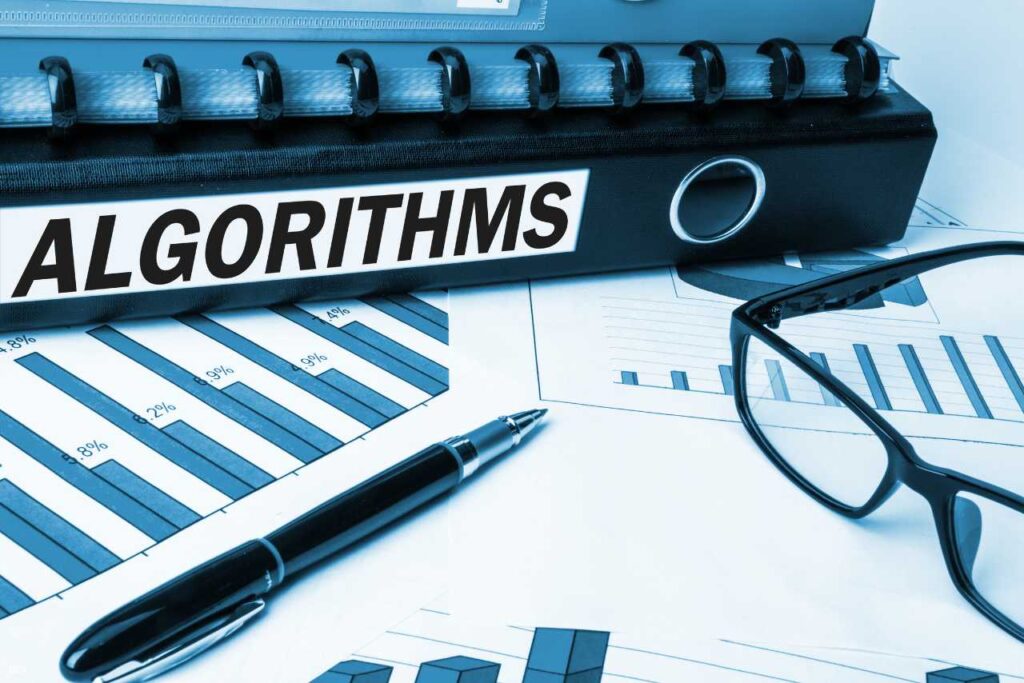For the better part of two decades, artificial intelligence has held center stage in technological discourse. From the early days of machine learning breakthroughs to the current ubiquitous presence of AI in everything from our smartphones to complex industrial systems, its trajectory has been one of exponential growth and profound impact. AI’s ability to process vast datasets, identify intricate patterns, and automate decision-making has fundamentally reshaped industries and our daily lives. Yet, as AI transitions from a nascent, disruptive force to a mature, integrated utility, the spotlight is gradually shifting to the next great frontier: biotechnology.
The story of how biotechnology is poised to follow AI’s lead is not one of replacement, but of progression and parallel evolution. Just as AI leveraged advances in computing power and data science, biotechnology is now capitalizing on a confluence of scientific breakthroughs that are making the manipulation of life itself increasingly precise, accessible, and powerful.
The AI Blueprint for Revolution
AI’s rise provided a clear blueprint for how a complex scientific discipline can transition into a transformative technological force. Key elements of this blueprint include:
- Fundamental Breakthroughs: The development of deep learning, neural networks, and advanced algorithms provided the core engine for AI.
- Data Proliferation: The explosion of digital data – from internet usage to sensor readings – fed these algorithms, allowing them to learn and improve at an unprecedented rate.
- Increased Computational Power: The continuous advancement of microprocessors (Moore’s Law) made it possible to run increasingly complex AI models.
- Democratization of Tools: Open-source frameworks (like TensorFlow and PyTorch) and cloud computing made AI development more accessible to a wider range of researchers and businesses.
- Real-world Applications: Moving beyond academic curiosities to tangible products and services, from recommendation engines to autonomous vehicles.
Biotechnology: Walking the Same Path
Biotechnology is now meticulously following this blueprint, albeit with DNA, proteins, and cells as its «data» and «algorithms.»
- Fundamental Breakthroughs (The «CRISPR Moment»): Just as deep learning was for AI, technologies like CRISPR-Cas9 gene editing have been a pivotal «fundamental breakthrough» for biotech. CRISPR offers an unprecedented level of precision and ease in editing genetic code, making previously impossible biological manipulations feasible. Beyond CRISPR, advancements in synthetic biology, organoids, and single-cell sequencing are providing powerful new capabilities.
- Data Proliferation (Genomic & Proteomic Data): The cost of DNA sequencing has plummeted, far outpacing Moore’s Law. This has led to an explosion of genomic, proteomic, and metabolomic data. We are generating more biological information than ever before, creating vast datasets that are ripe for analysis and interpretation. This biological «big data» is the fuel for the biotech revolution.
- Increased Computational Power (AI’s Role): This is where AI and biotech become deeply intertwined. AI is not just a precursor; it’s an accelerant. High-performance computing, often powered by AI algorithms, is essential for processing and understanding the massive biological datasets mentioned above. AI helps predict protein structures, design novel enzymes, simulate biological systems, and identify potential drug candidates, drastically shortening research and development cycles.
- Democratization of Tools (Biofoundries & Automation): The concept of «biofoundries» is emerging, offering automated platforms for designing, building, and testing biological systems at scale. Combined with readily available genetic components and synthetic biology toolkits, these platforms are democratizing access to biotechnological experimentation and production, moving it beyond highly specialized labs.
- Real-world Applications (From Lab to Life): We are rapidly seeing biotech move from the theoretical to the practical. Gene therapies are gaining regulatory approval, offering cures for previously untreatable genetic diseases. Cell-based meat and sustainable biomaterials are emerging as viable solutions for environmental challenges. Diagnostics are becoming more precise and proactive, and agricultural biotechnology is enhancing crop resilience and yield.
The Symbiosis: AI as the Brain, Biotech as the Body
The relationship between AI and biotechnology is less about one replacing the other and more about a profound symbiosis. AI acts as the «brain,» analyzing, designing, and optimizing, while biotechnology provides the «body» – the tools and methods to engineer and interact with living systems. AI can sift through millions of molecular combinations to identify potential drug candidates, and biotech can then synthesize and test those molecules. AI can optimize the growth conditions for engineered microorganisms, and biotech can cultivate them at scale.
As AI continues to mature, its most impactful future applications will increasingly lie in complex, data-rich domains. Biology, with its inherent complexity and vast informational content, is the ultimate frontier for AI to explore and optimize. Conversely, biotechnology, armed with AI’s analytical prowess, will unlock unprecedented abilities to reshape medicine, agriculture, industry, and even humanity itself.
The journey «From Algorithms to Life» represents the natural progression of technological advancement. Having mastered the manipulation of information, we are now poised to master the manipulation of biology, driven by the same principles of innovation and propelled by the very tools that AI helped to forge. The biotech revolution is not just following AI; it’s building on its legacy to create a future that is quite literally alive with possibility.





